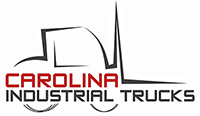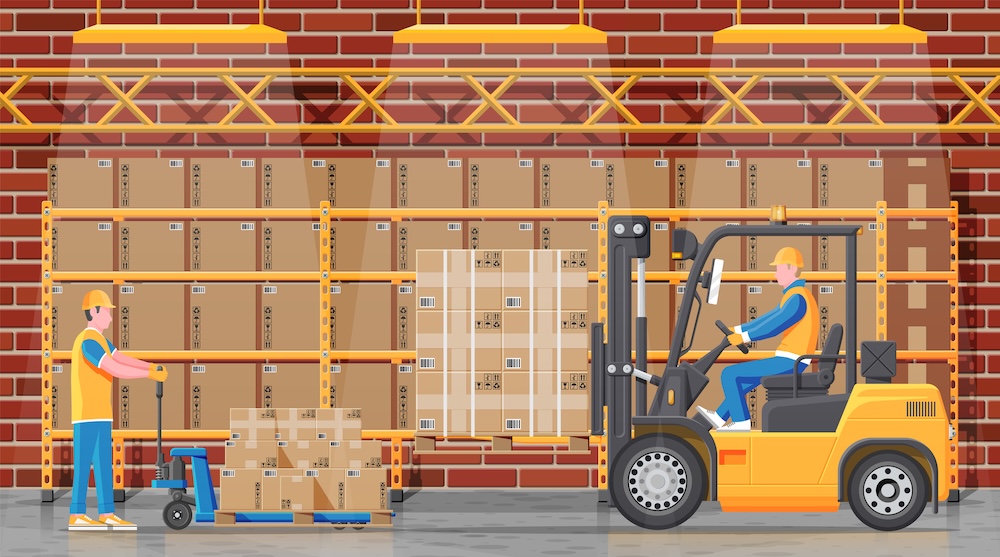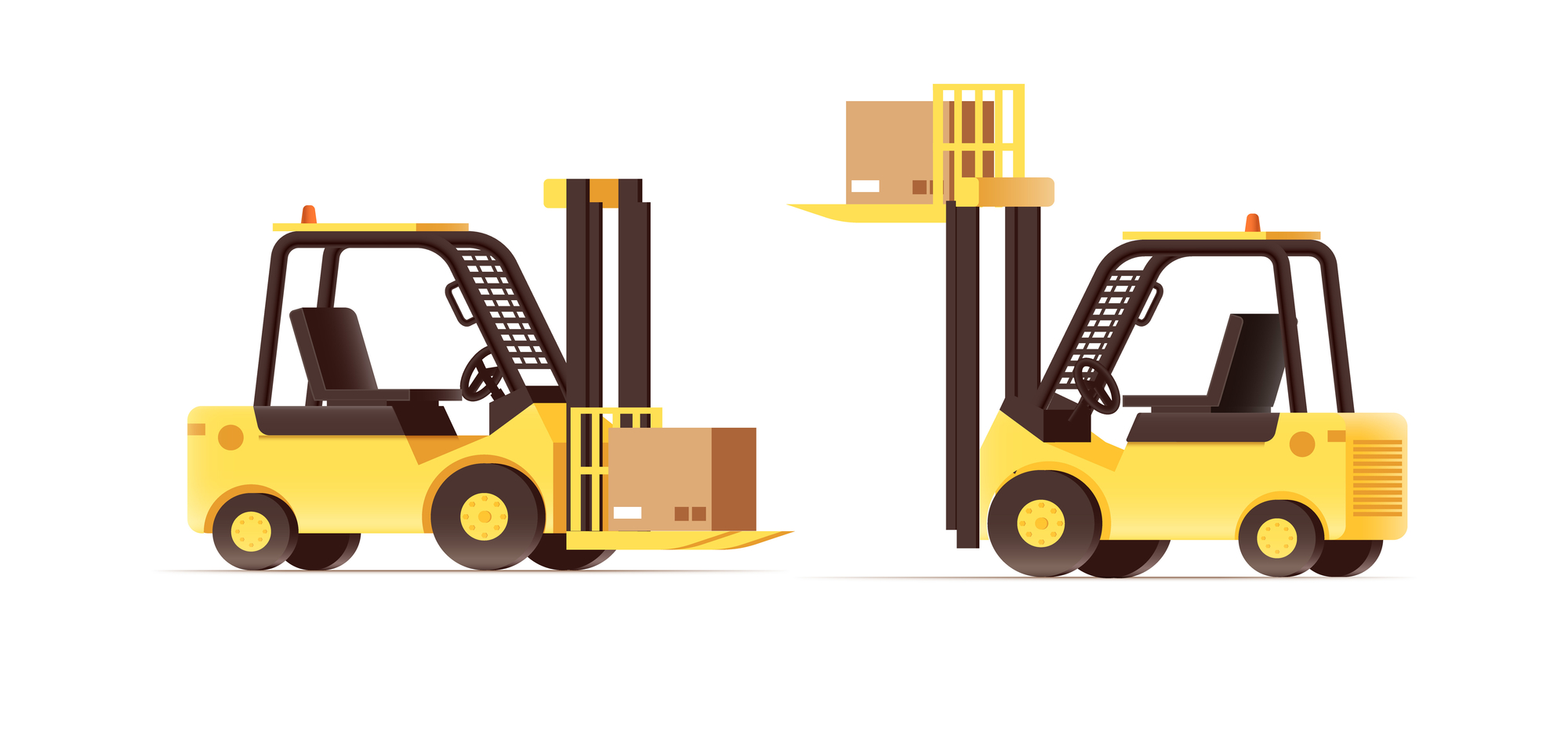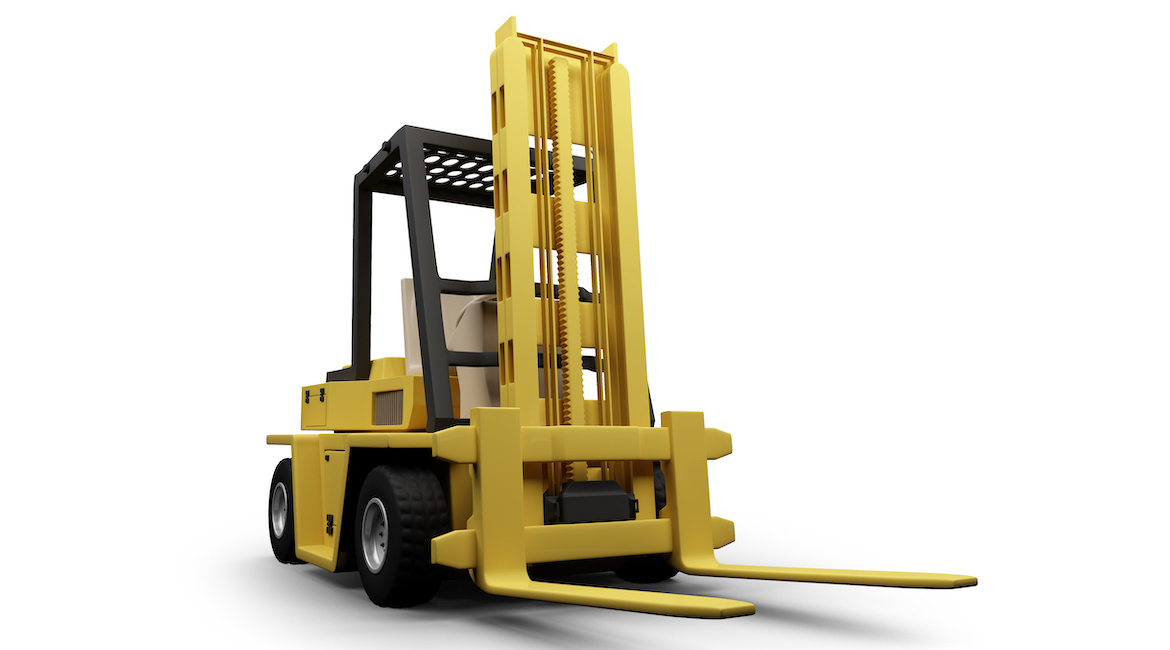Make Your Warehouse Safe: Forklift Operation in Your Lancaster Warehouse
05/22/2022
CITrucks
What are the rules for safe forklift operation in tight spaces, and what are the dangers? This article includes for vital tips and details on proper use.
Approximately 34,900 serious forklift accidents happen each year in the US.
Forklifts are an incredible tool when used right, but in tight spaces and with poor safety rules, they can be lethal. Both pedestrians and operators in your Lancaster warehouse have a responsibility to stay safe, but if you're not used to working with a forklift you might not know the hazards or rules you should follow.
That's where we can help! We created this guide on forklift operation hazards and safety to help keep your warehouse as safe as possible.
The Major Hazards of Forklifts in Tight Spaces
First, let's look at the hazards that forklifts bring to the workplace. These hazards are especially prominent where there are tight spaces, like in warehouses.
Tight Maneuvering
Forklifts don't move the way cars do, and you need forklift operator training before operating one. Rear-end steering provides a tighter turn radius for the front end. On the other hand, the back end will swing wide while you're making that turn.
Pedestrian workers around you should act as a spotter to help guide the forklift operator. They should also be aware of the position of both the forklift and the forks when it is near them. Drivers need to know to give as much clearance as possible around the truck to avoid accidents.
Blind Spots for Forklift Operator in a Warehouse
There are blind spots with any vehicle, but tight spaces accentuate the hazard. The load you carry creates blind spots, but so do tighter turns and high stacked full shelves.
Forklift operator training experts in the Lancaster area would advise using the forklift in reverse to see better. This means, the driver needs to be able to drive in reverse with ease and comfort. Workers on the warehouse floor should also keep out of blind spots.
Stability of the Load
Forklift loads can become unstable if they are operated on an incline or wet, oily, or rough terrain. This risk increases in tighter spaces where there is less room, and the turns are harsher and faster.
The size and weight of the load will impact stability too, as does its elevation. Spotters and pedestrians must be aware of this and stay well out of the way of a raised load.
Fueling
Other possible hazards are recharging and refueling. There are fire hazards that come with propane and diesel. Battery charging can generate hydrogen gas, which is also flammable. There should never be anyone smoking in the charging and refueling area.
Speed
The weight and speed combine into momentum for your forklift. Because they're handling heavier loads, they weigh in at more than the average car. So, operating one at a slow speed could do the same damage as a car going 15 MPH.
Operators should always stick to the speed limit. Pedestrians have an obligation to stick to the marked-out walkways. At intersections, operators should slow down and sound the horn. Everyone, at all times, should be aware of their surroundings.
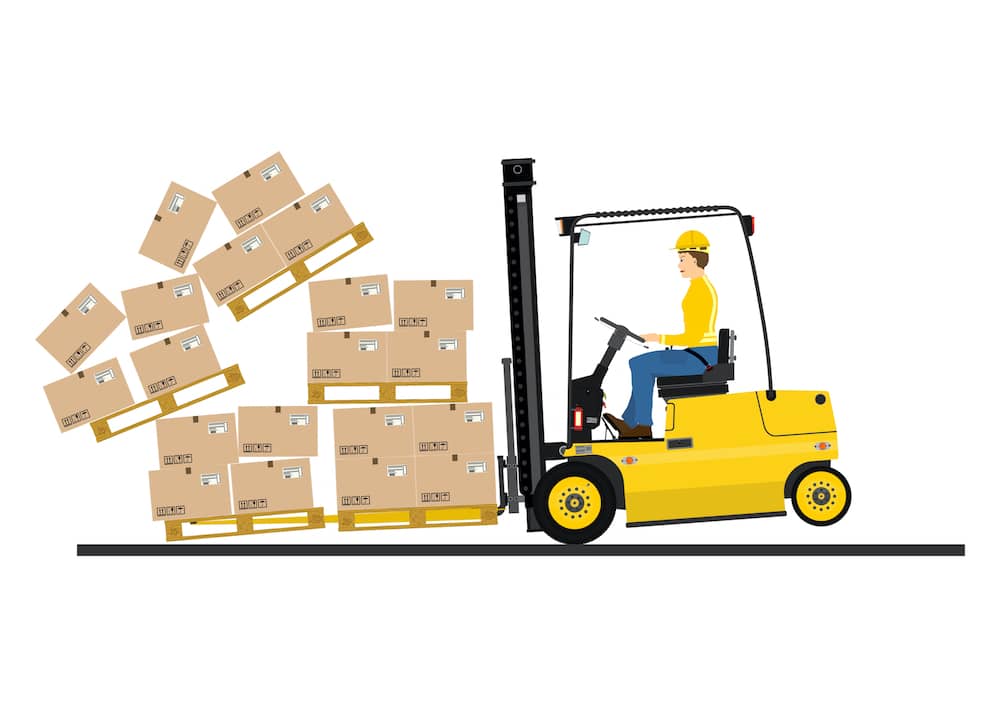
Forklift Safety Tips for Better Forklift Operation
Now we know the hazards to look out for, here are some forklift safety steps to take to reduce the chance of injury. It's vital that there is a clear, concise warehouse safety plan and risk assessment process, and all workers know what to do in an emergency at your warehouse in Lancaster.
Become Forklift Certified
Since many accidents occur from poor training, forklift operators should undergo forklift certification. This training should fall in line with OSHA standards.
Employers should evaluate their performance at least once every three years. They should also provide ongoing training for new machines and procedures. This includes lectures, demonstrations, and videos.
Wear Appropriate Clothing
When operating a forklift, the driver should have appropriate clothing and safety equipment. This includes hard hats, safety shoes, and a Hi-Viz jacket for visibility. Any loose clothing should be tucked away, so it won't become caught in the machine.
Inspect the Forklift Daily
Each day, before use, shift supervisors should inspect the forklifts in full. Any defects or issues will need to be logged right away and the forklift then taken out of action for repairs by a forklift specialist in the Lancaster area.
Here are some checks to make:
Test controls like horns, brakes, lights, steering
- Check overhead guard and mast for damage
- Check tire and fluid levels
- Look for water or oil leaks
- Assess condition with no cracks, distortion, or rust
- Check for anything that could cause a hazard for operation
A forklift that needs repairs or maintenance shouldn't operate under any circumstances. It could put drivers' and pedestrians' safety at risk. Make sure to look after the forklifts, to keep them running smoothly.
Put in Floor Markings
Floor markings can help workers to stay safe. Yellow markings should show physical hazards. These are areas where you could fall or stumble.
Red markings should show areas where fire hazards could happen. Marking where the fire equipment and buttons are located is also necessary.
Use way finders and signs to direct employees around the warehouse. You also want to set forklift and pedestrian paths to keep the two types of traffic out of each other's way.
Stick to Equipment Capacity
Make sure the forklift operators at your Lancaster warehouse know its capacity and its attachments. Never go over these weight limits as it is a major hazard.
If you lift too much weight, the forklift can tip forward and fall over. This could cause serious injury to employees, and damage company property and materials.
Park and Secure the Forklift After Each Shift
At the end of their shift, it is the responsibility of the operator to park the forklift in its parking bay. Make sure your parking bays don't obstruct paths and the flow of the warehouse. They also mustn't block entrances or emergency exits.
The operator should lower the forks until they rest flat on the floor, and should apply the brakes, switch the engine off and take the key out of the ignition. This will leave it parked and safe for the next operator.
Forklift Operation: Keeping Lancaster Warehouses Safe
Warehouses are often very busy and contain a lot of tight spaces to operate heavy machinery. Visibility is poor and turns are tighter and faster.
However, having a strong warehouse safety plan in place will help to keep employees safe. Everyone should know the plan and have hazard awareness training for working around, and with, forklifts in your Lancaster warehouse.
If you found this article helpful, check out our blog for more informative articles. At Carolina Industrial Trucks, safety is paramount, and we have tips and tricks to help you run a safe, smooth industrial environment.
